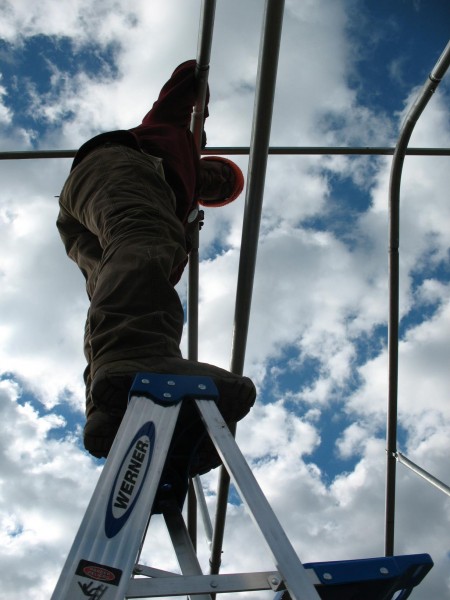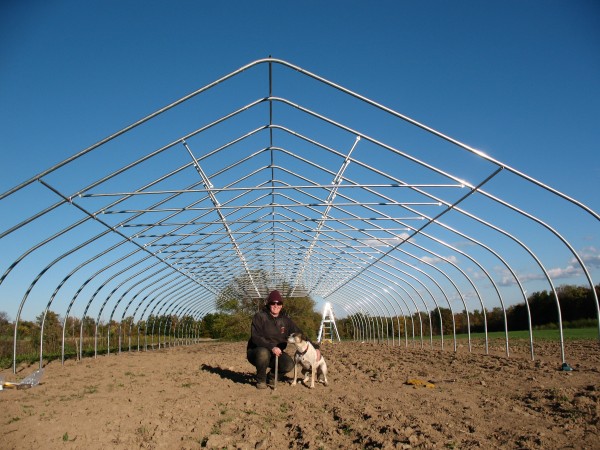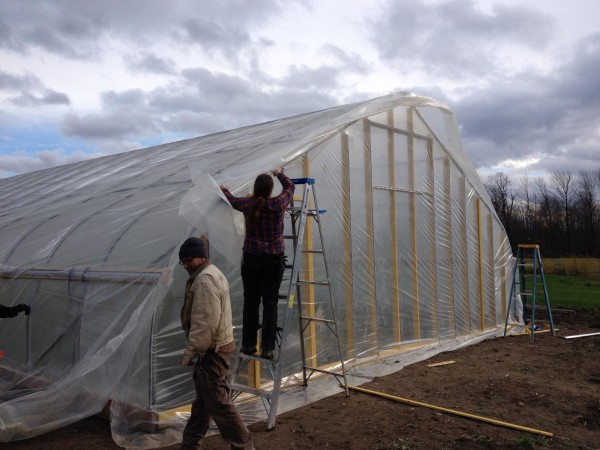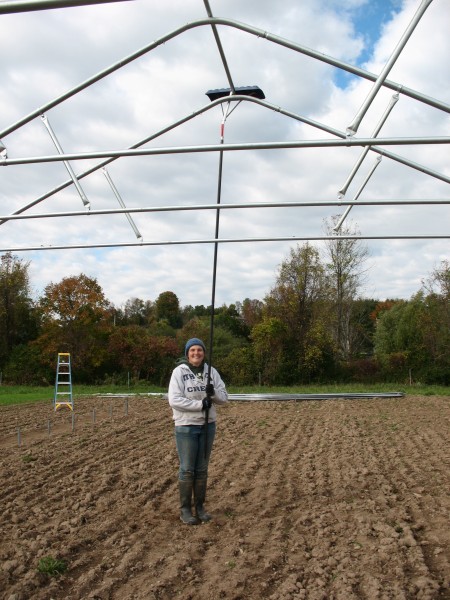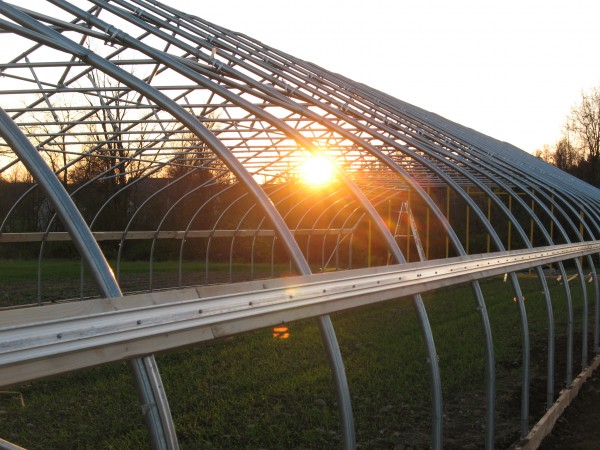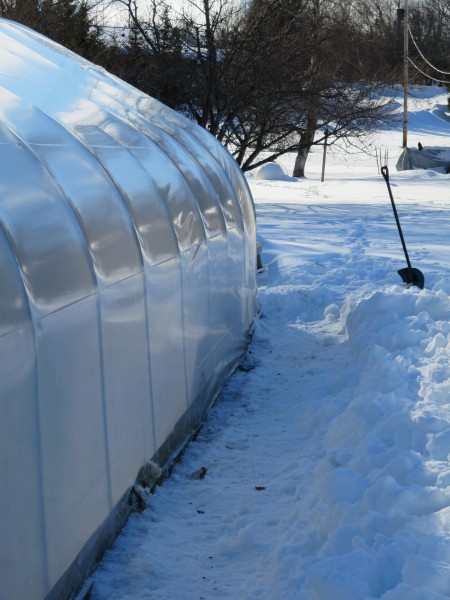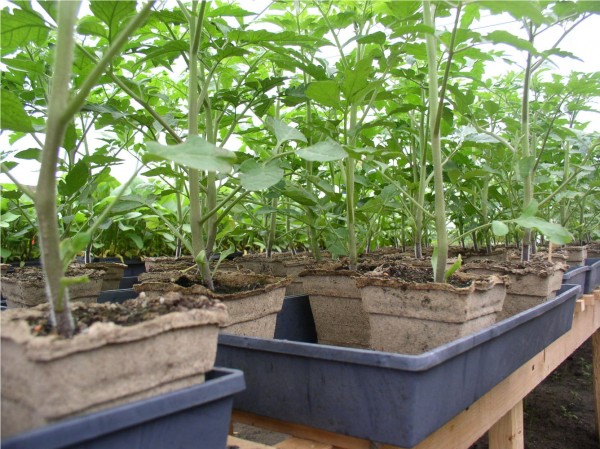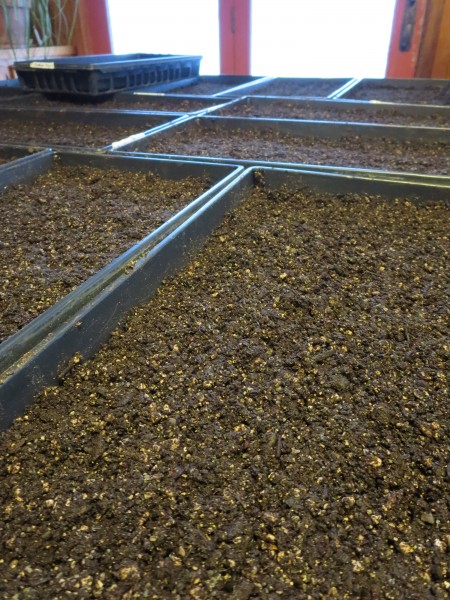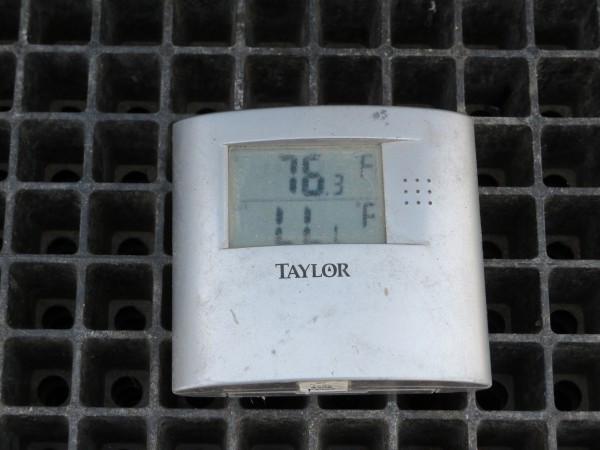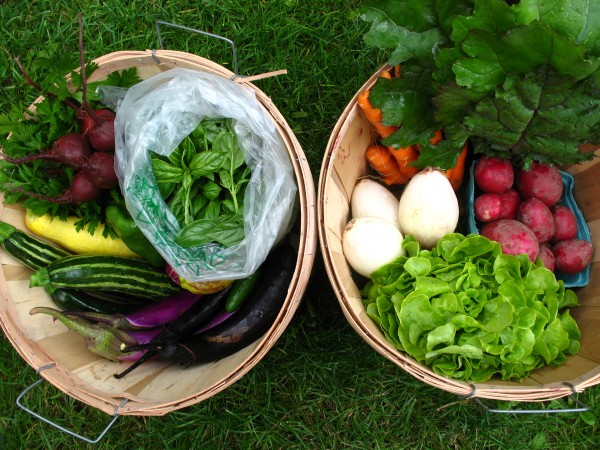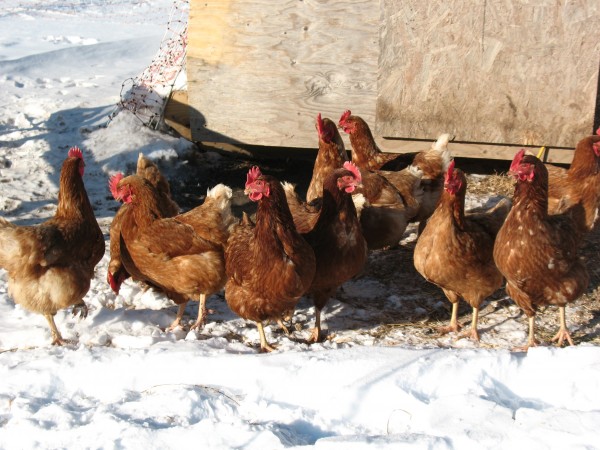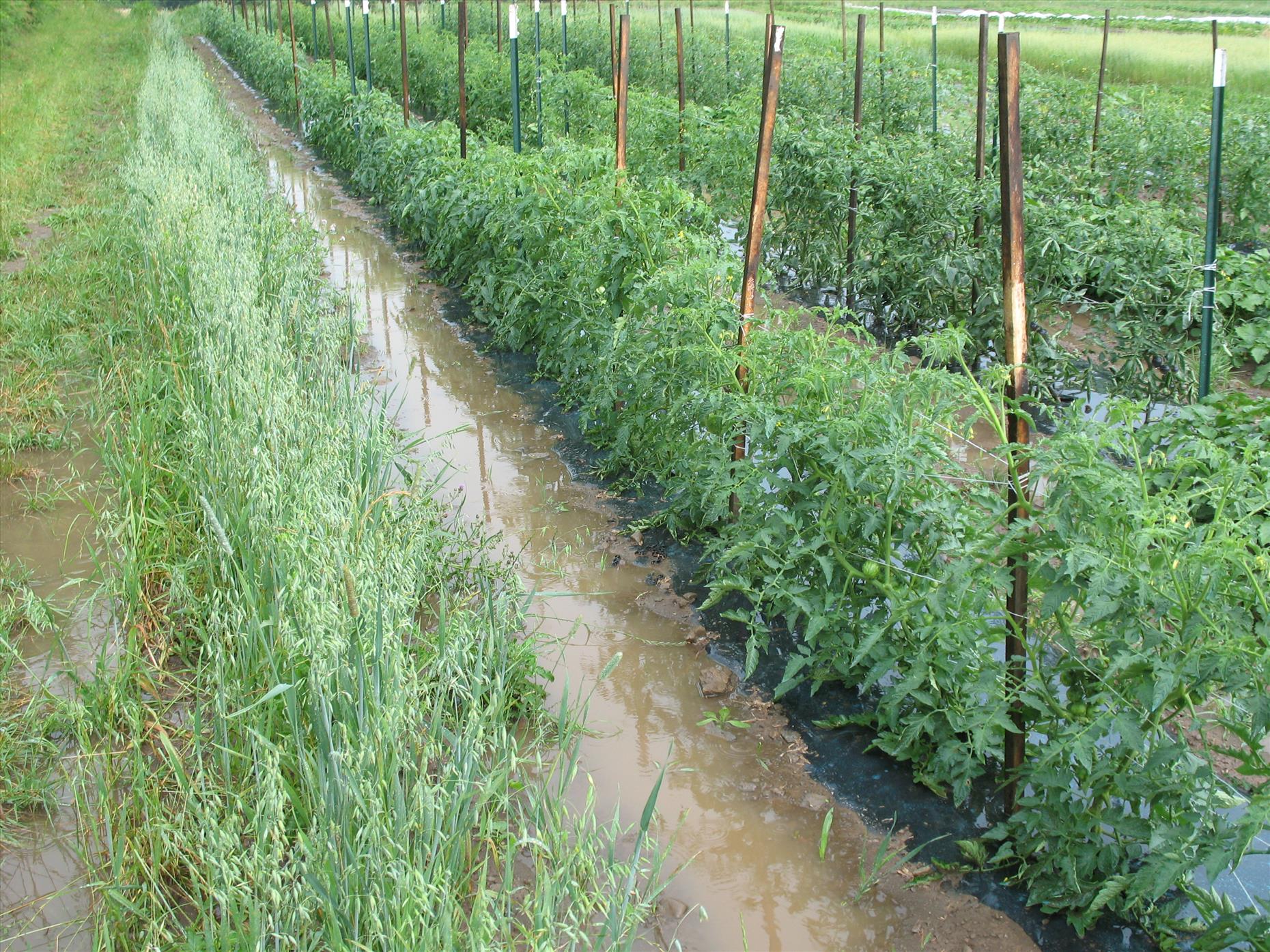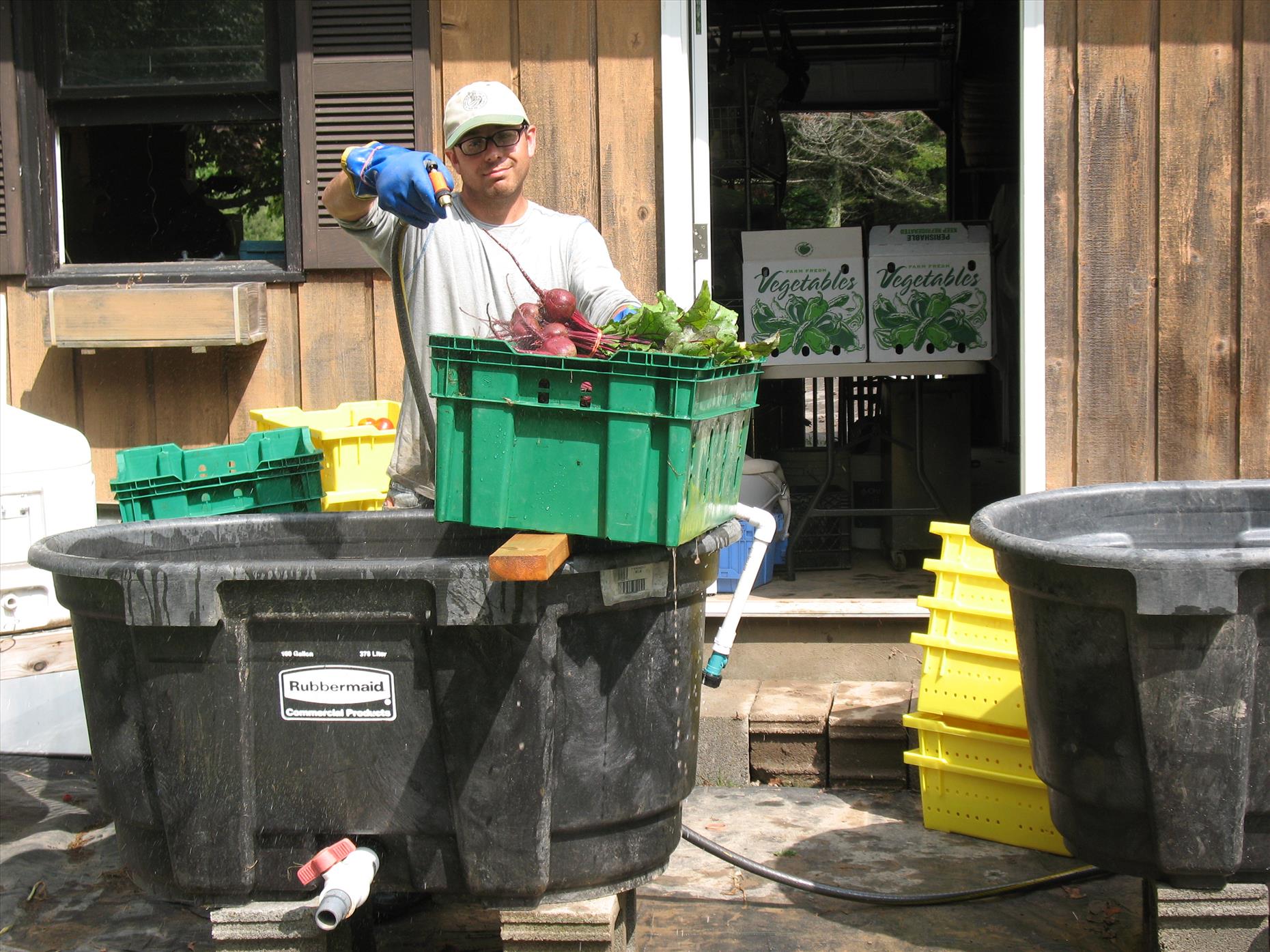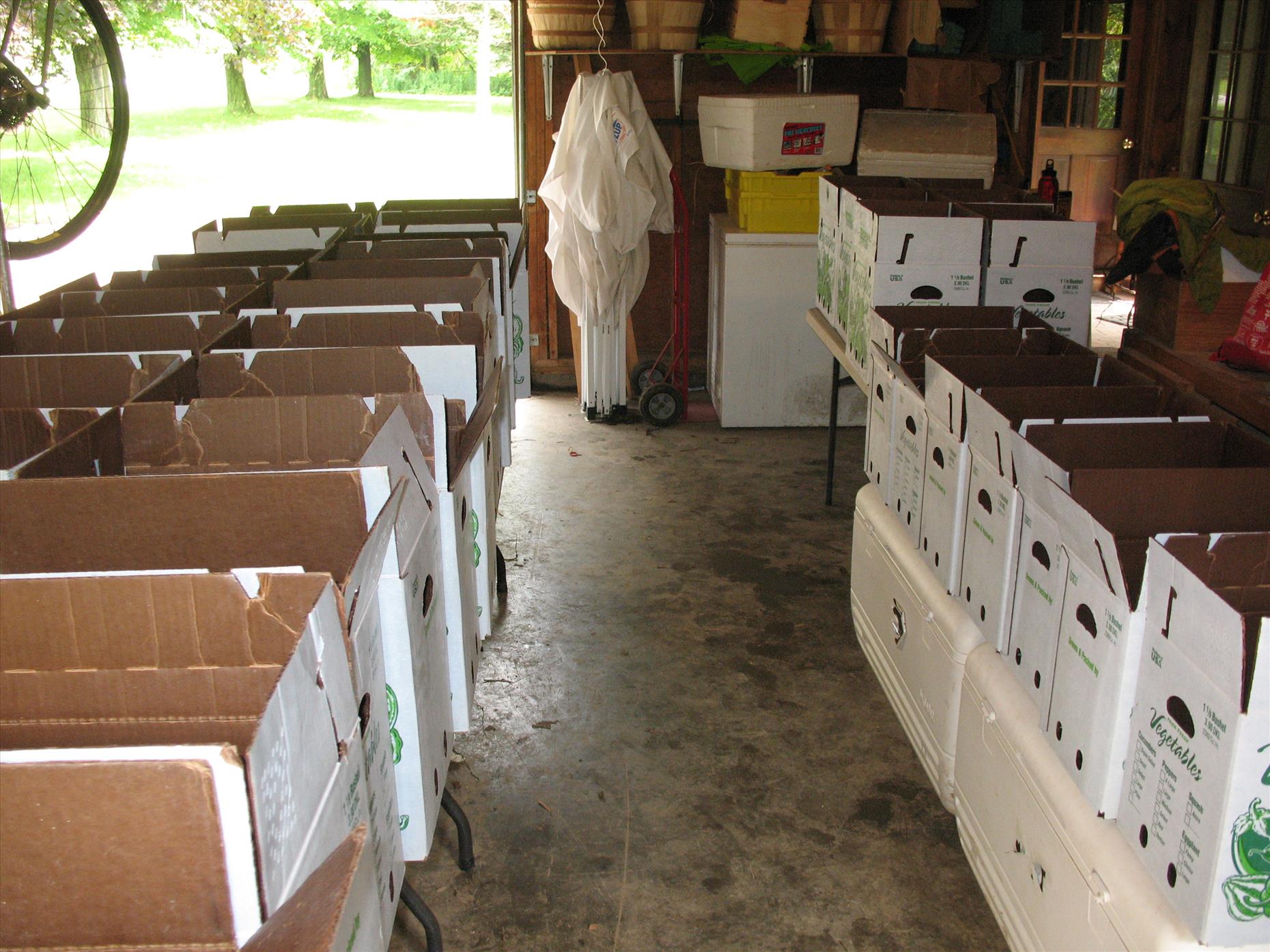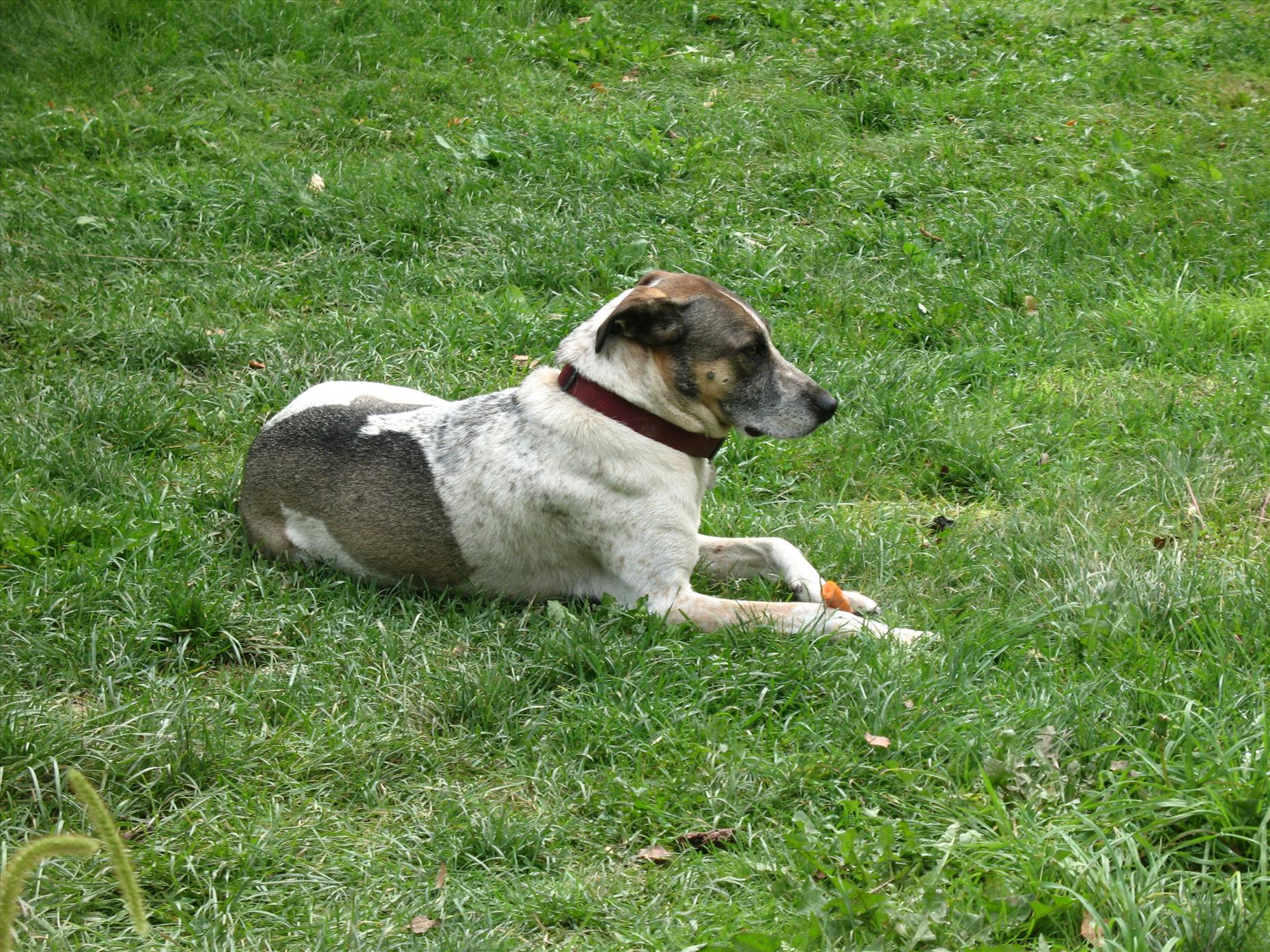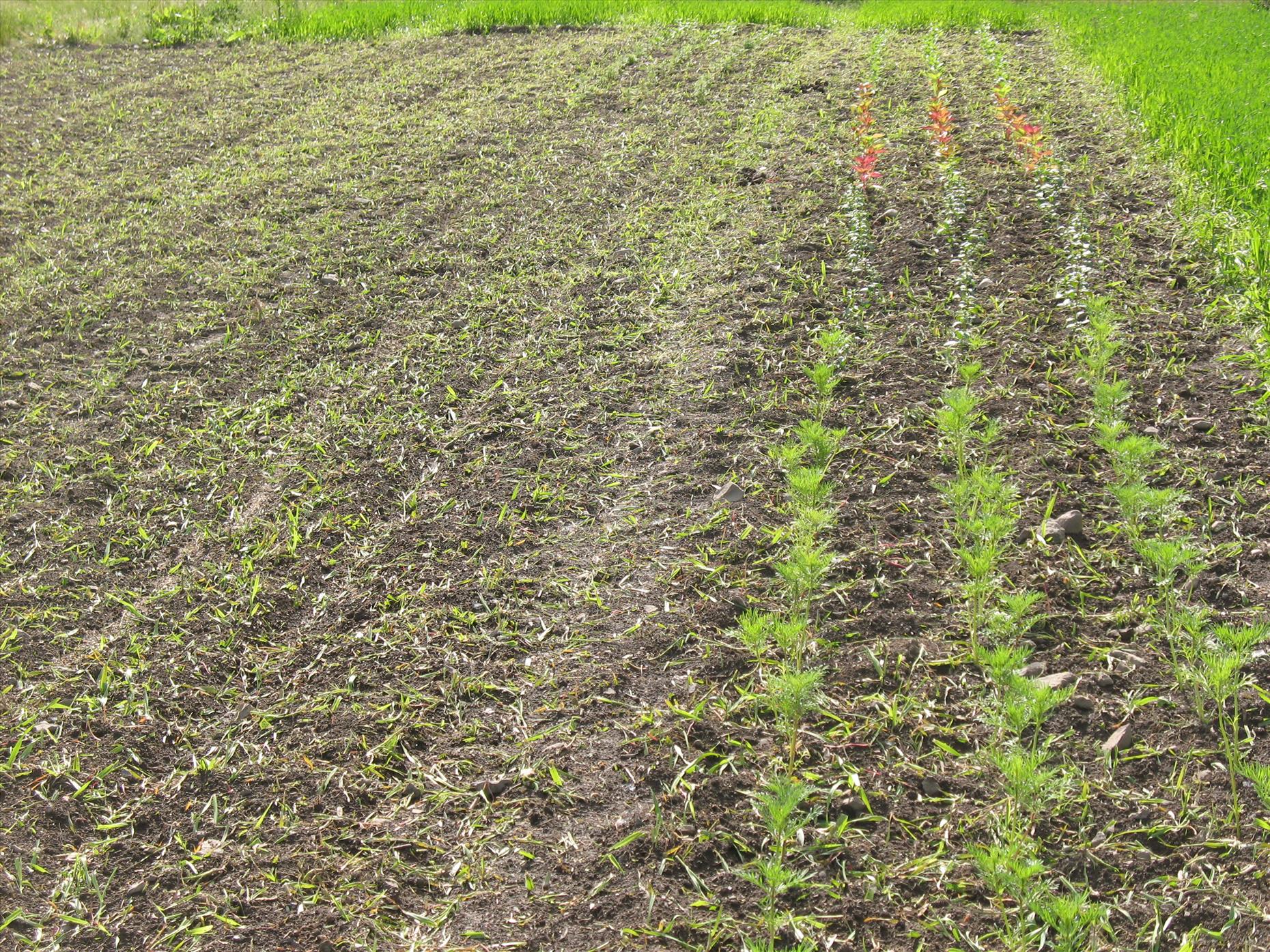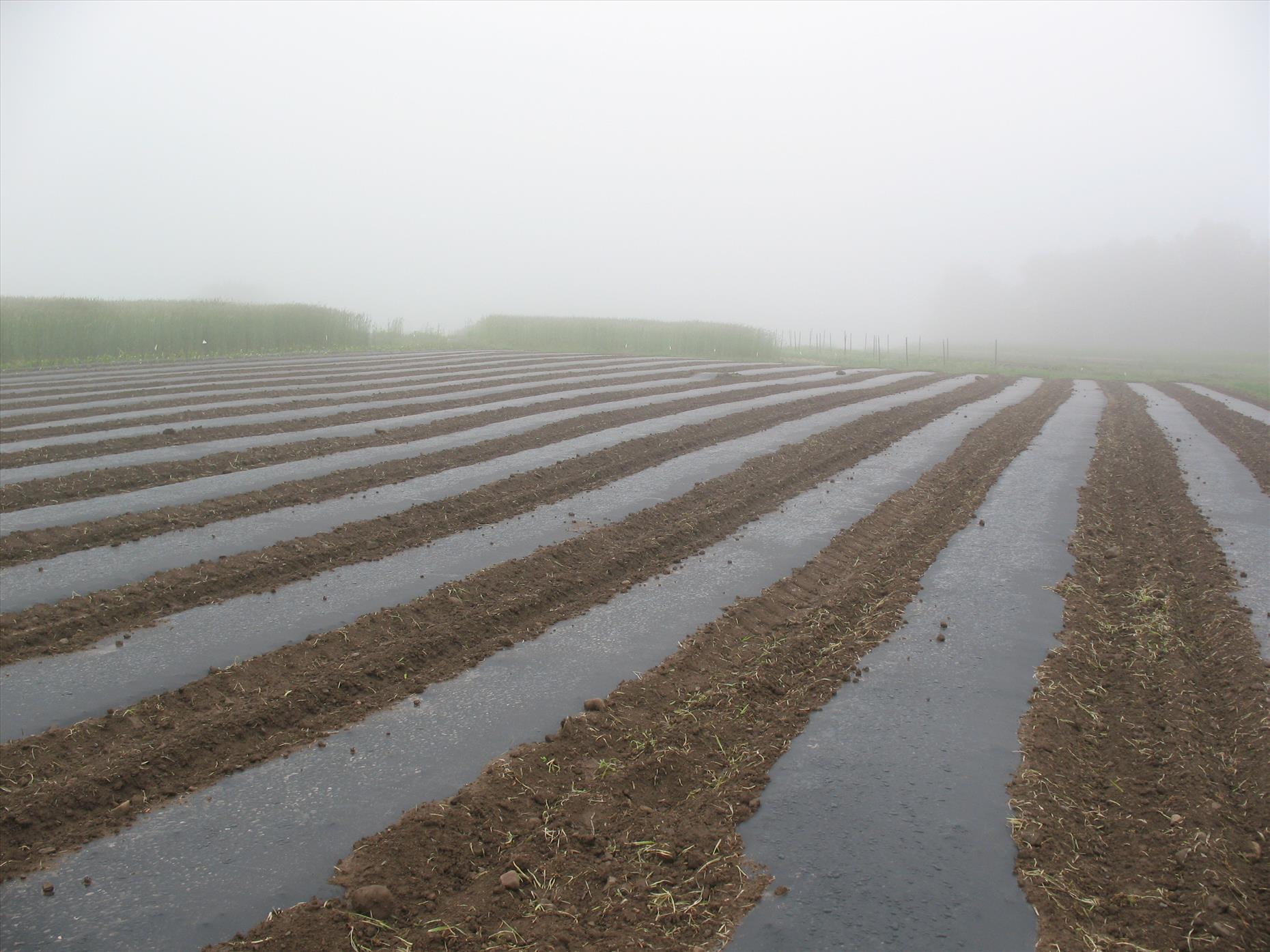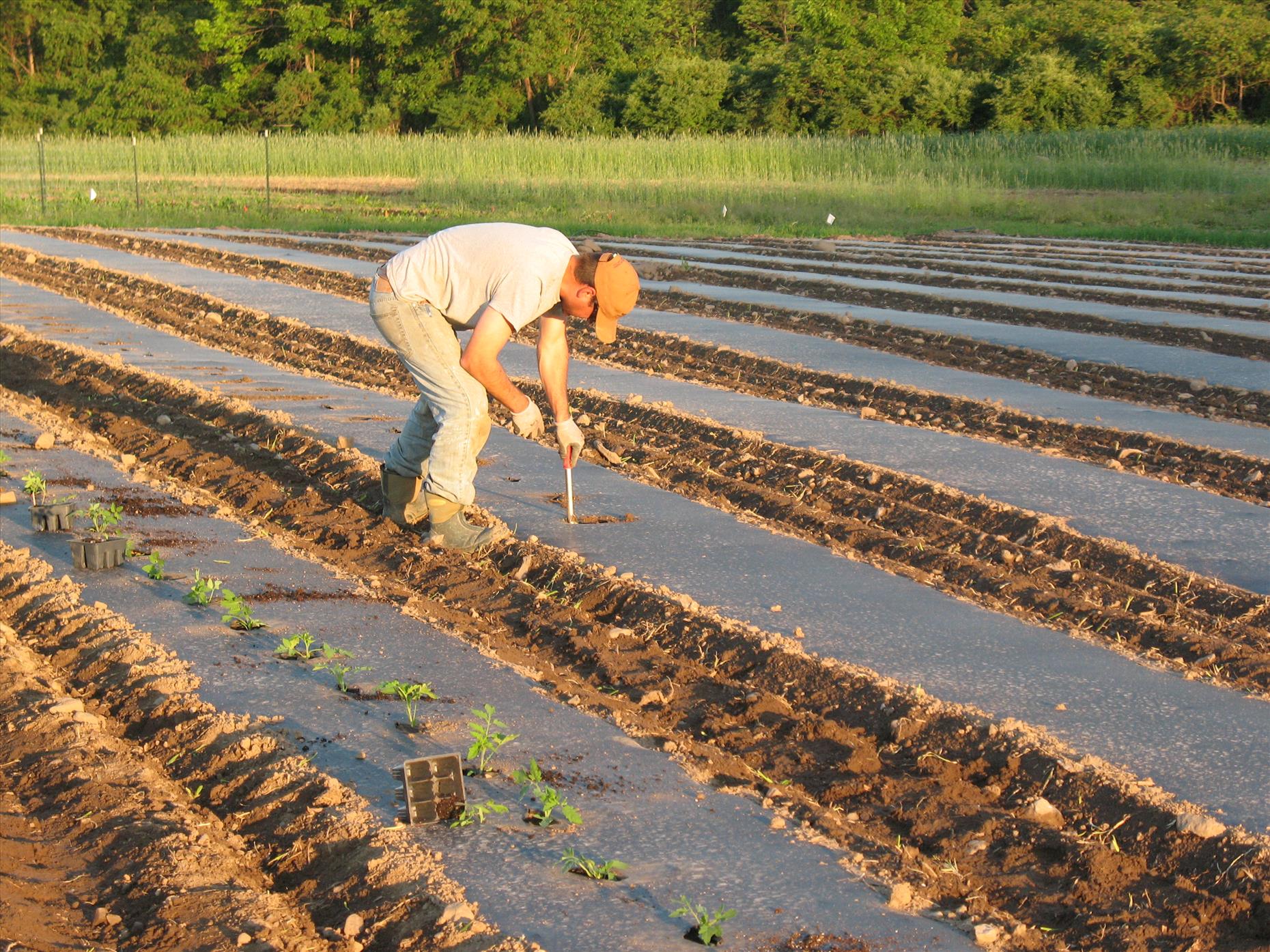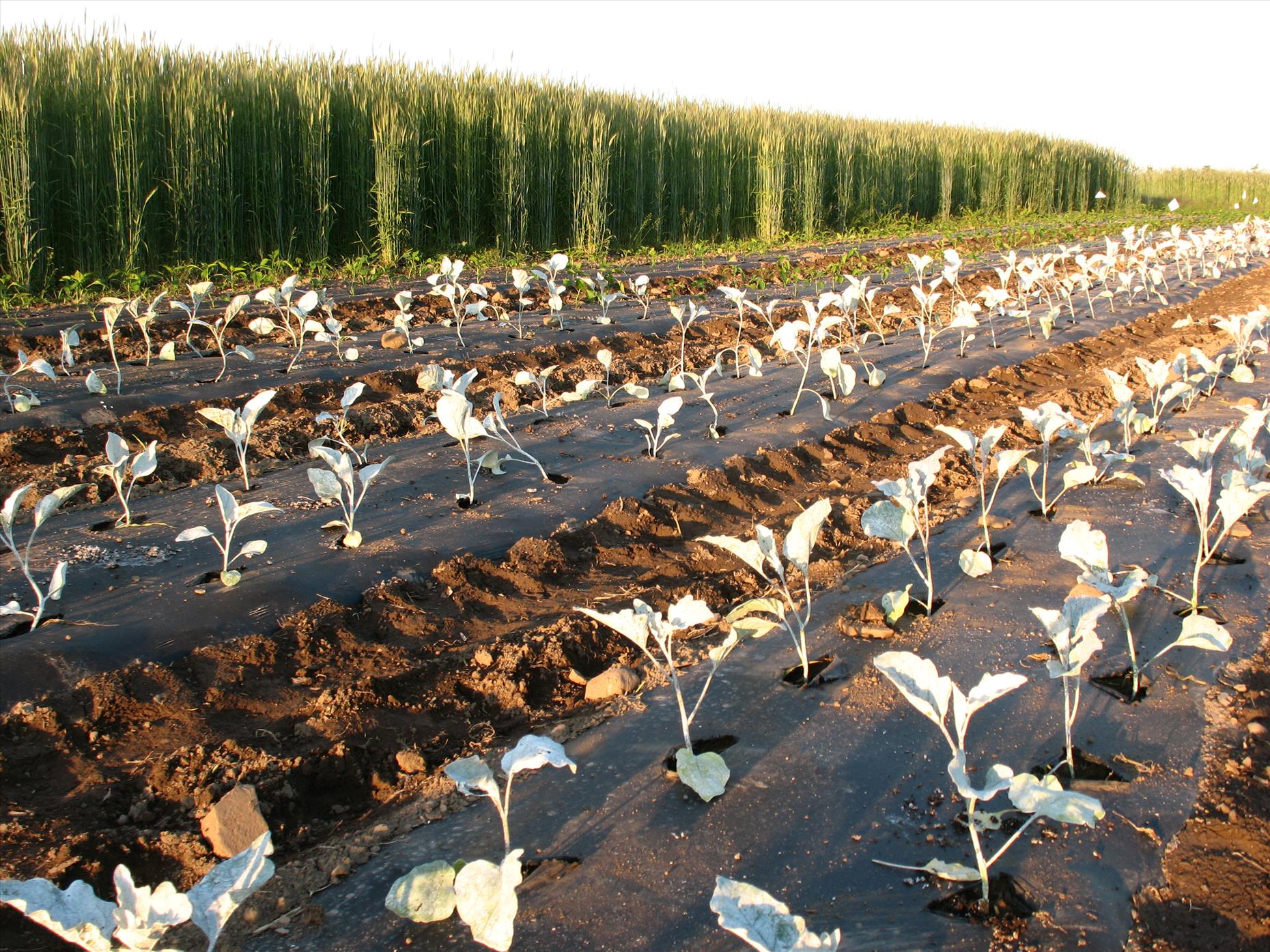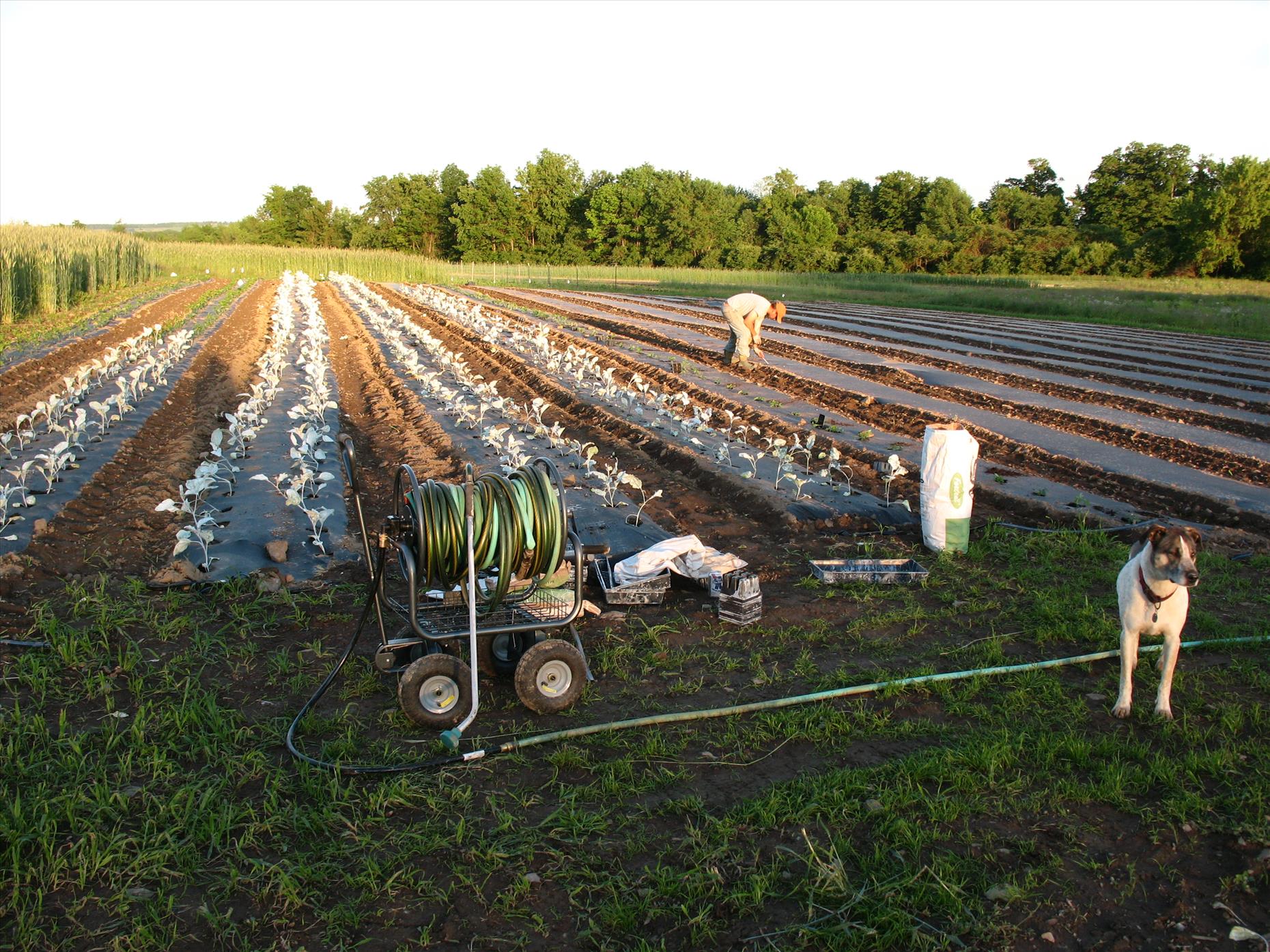High Tunnel and Snow!
/We've been neglecting our blog a bit (in favor of Facebook, where we have loaded the Hartwood Farm page with pictures from this past season if you want to check them out!), but with our ongoing website overhaul (lots of new photos up in the gallery), we are trying to get back up on the blog horse and keep it more updated this next year! This summer of 2014 was another fairly crazy growing season here in Fenner/CNY in that it rained and rained and rained yet again. Unlike last year when we had tons of rain in the beginning of the summer and then it dried out, this summer it was constantly wet Mondays through Thursdays, before drying out a bit each weekend. The problem became that things would just barely dry out enough over Friday and Saturday so that we could get in the fields to till, cultivate, or seed on Sundays, but the rain would start all over again on Mondays. This made for *extremely* busy Sundays, somewhat weedy fields (since we prioritized planting over weeding!), and a fairly high rate of plant disease (since most plant health issues thrive in the cool, wet weather we saw).
We decided that it is essential for us to have some protection against all this rain and that we need to start investing in some high and low tunnels. This fall our big project was the high tunnel (which is essentially a greenhouse frame without any heating system). We bought a 30x96 Rimol Nor’easter frame, and as of yesterday (where we had to shovel about 5 feet of snow off of it!) we are pleased with it’s weight bearing capacity!
We put the house in the flattest spot in the fields (the “advantage” of slightly rolling ground is that we had limited options of where the tunnel could go, so it was easy to place!). It’s aligned east-west, so the long side faces the rough south wind. (Oddly enough, we find the summer winds out of the south the harshest and most destructive here on the farm, so we wanted to protect against them. In theory, when the wind gets really bad, we can lower the sidewalls and it will flow up the arch of the tunnel.)
It probably took us 20 person days to get the tunnel sited and built, but we were doing it around the CSA and market harvests, so it might be possible to do future ones faster? Putting on the plastic was the hardest part (Fenner is a little too windy to unfurl a 150' x 48' sheet of plastic), but we had 8 AWESOME neighbors come and help with this exciting stage (THANK YOU all!!!).
This winter, we have a rye/pea cover crop in the tunnel and are learning how it holds heat and handles snow. So far, it’s taken 50 mph gusts of wind, but we suspect we’ll get some 70 mph gusts before the winter is out. We don’t have power in the field, so it’s just got one layer of plastic. Judging from how it’s shedding snow (which is poorly), it may be worth investing in a second layer of plastic and some solar charging next year, since that will help it shed snow and wind better. We also see a snow blower in our future, since the sidewalls are quite a job to keep clear with a shovel!
Our main goal with this house is to get an earlier and healthier crop of tomatoes for the CSA, then pull out the tomatoes in time to replant for next year's November and December winter CSA and farmers market greens harvests. Over the long run, if this house survives Fenner conditions, we would like to add several other high tunnels, and rotate our hens through them for winter housing (and fertilization!) since the chickens are not fond of walking in snow.
We plan on starting our tomato transplants in the house sometime between April 15th and May 1st, depending on how daring we feel. The house does not have any supplemental heating, so we probably won’t push it too much this year, but we would love to get some nice ripe tomatoes by July 4th! We'll have more pictures inside the tunnel as things warm up in the spring!


